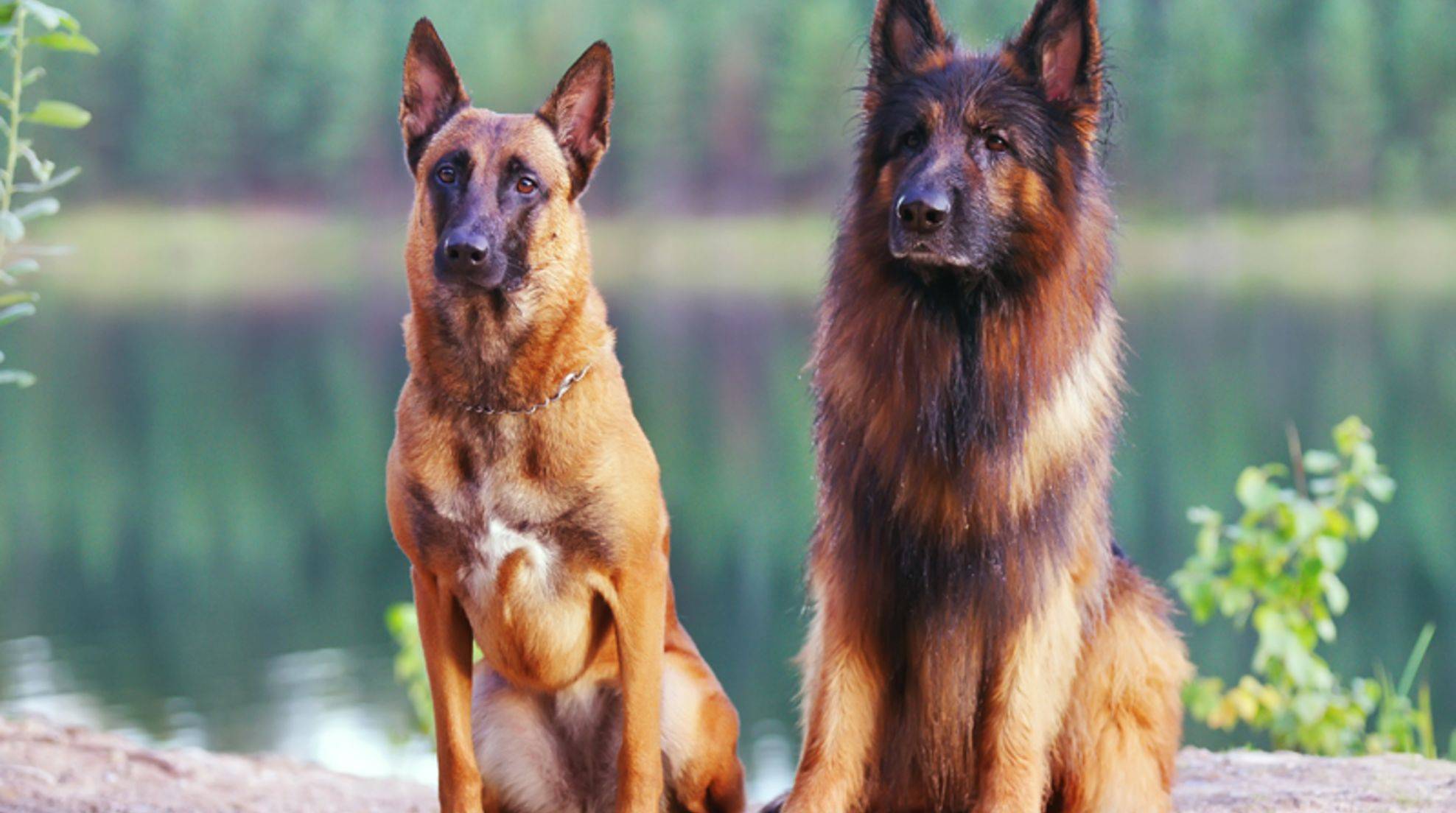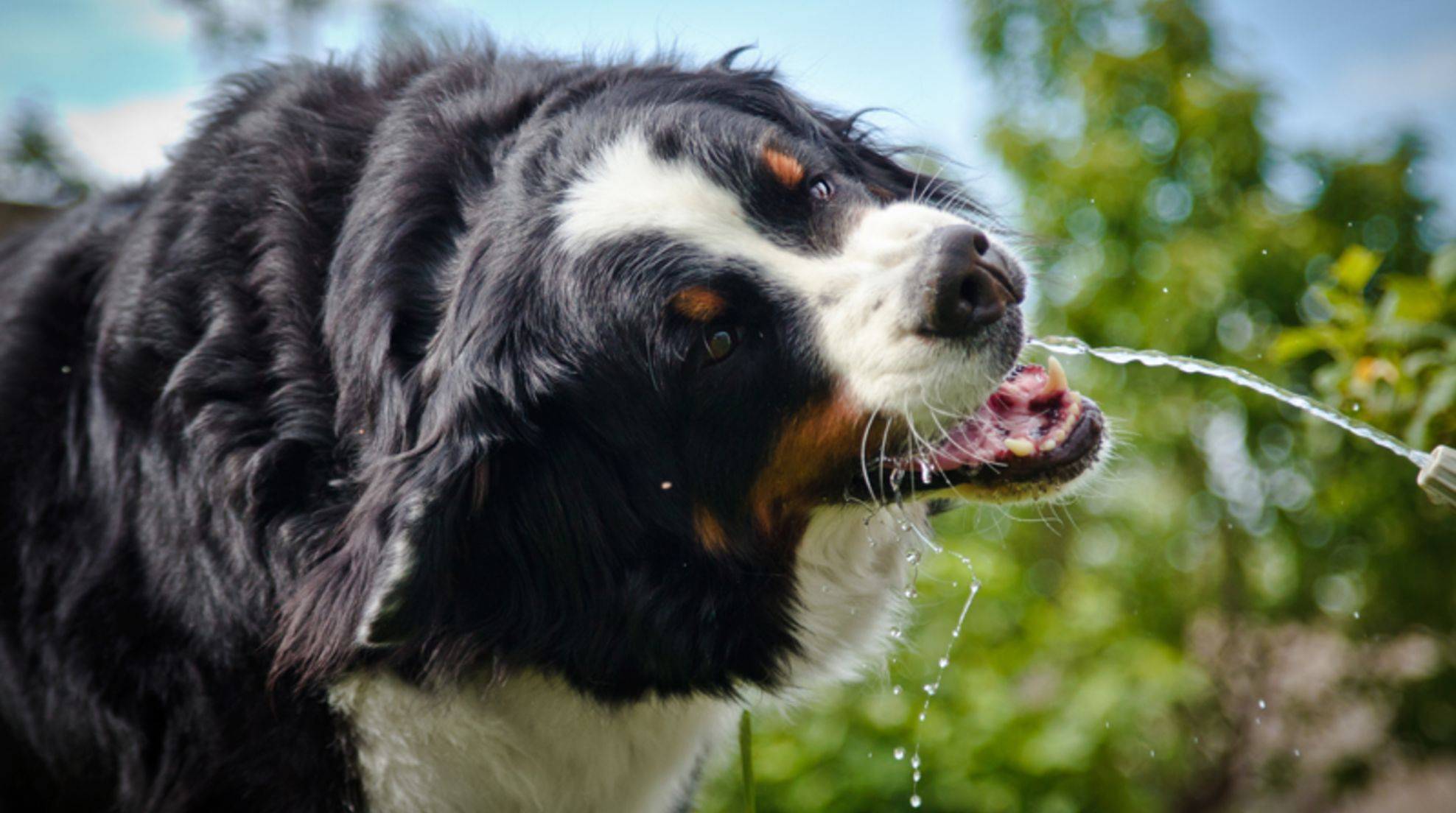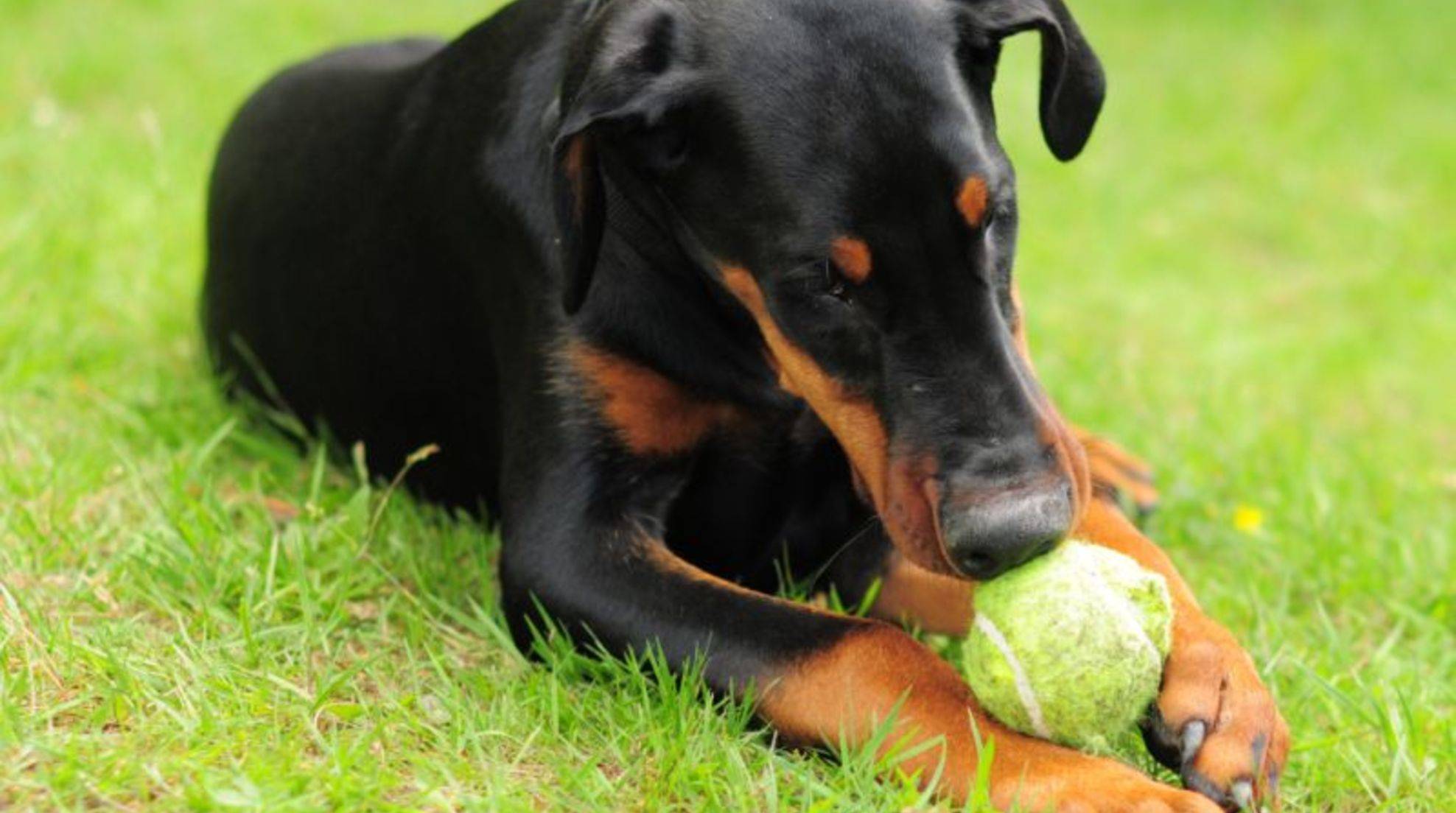Dog training: useless rules you should avoid
When it comes to dog training, some rules circulate that is now considered outdated. For example, consistency and authority are often confused with force, and rewards and a calm tone are dismissed as effeminate. We have collected some typical dog training myths for you – and explained how you could do it better.
Dog training and child-rearing have one major thing in common: others know better. Sometimes the tips are handy. But often, the supposed wisdom is sheer nonsense and sometimes even dangerous.
Hitting with the newspaper is a suitable punishment.
As long as you do not hit dogs with the bare hand, violence in dog training is a legitimate punishment? This belief is unfortunately still widespread. If the four-legged friend does something that he should not – for example, pee on the carpet – he does not get a slap with the hand, but with the rolled-up newspaper or a stick.
The idea is that the dog does not associate the slap with his reference person but understands it as a punishment for his “offense.” However, this is a mistake. Subsequent penalties are of no use because the animals cannot establish a link between their behavior and the pain inflicted on them by their caregiver after the fact.
The consequence: the dog does not understand why it is being punished. For him, the blow comes out of the blue. He is unsettled and confused. If this happens more often, he may develop an anxiety disorder and react with fear aggression in the future at the sight of a newspaper or a stick.
Better: If your dog does something he’s not supposed to, clearly say “No!” and show him what you want him to do instead. If he does what you want him to do, praise him profusely. You can find more tips on this topic in the guide “Punishing your dog: Tips for dog training.”
Love withdrawal as a valuable means of dog training
When children misbehave, their parents often send them to their room. There they are supposed to reflect on their misbehavior. Whether this works is debatable. However, with dogs, this method is nonsensical because they are not capable of thinking about misconduct from the human’s point of view.
So if you punish your dog by ignoring it, sending it away, or locking it away, this is an incomprehensible withdrawal of love for your pet. It no longer understands the world and feels left alone. This damages the trust and deeply unsettles your four-legged friend.
Better: Teach your dog with consistency and patience what behavior you want from him. This is easier than breaking him of “bad” behavior. Work on a stable bond and a trusting relationship – for example, during joint obedience training or orientation training.
As a pack leader, the human must always show dominance.
No. Humans don’t have to act like alpha wolves to dogs or bully them into putting the animal in its place. Grabbing dogs by the scruff of the neck, shaking them, knocking them over, or holding their muzzles shut are forms of violence. At best, you are upsetting your dog by doing this; at worst, you are physically hurting him as well.
Also, nonsense: humans must always do everything in front of the dog. Otherwise, the four-legged friend will take over. The worry that dogs could become megalomaniacs, strive for power, and want to seize world domination as soon as the opportunity presents itself is unfounded. This way of thinking is far from the animals. Instead, they want to live a comfortable, quiet, and safe life.
Better: convey safety and security to your dog by being reliable. Establish specific rules from the beginning that always apply. Practice the most important commands with your four-legged friend with calmness, patience, and consistency. And occupy yourself with your pet in a manner appropriate to its species. Then you will have no problems without dominant behavior.
Dogs settle their conflicts among themselves.
That dogs settle conflicts among themselves is a partially true parenting tip. Under normal circumstances, you do not need to intervene in dog encounters. There are exceptions, however. For example, if your dog has physical infirmities or is very fearful, overly boisterous greetings or offers of play from conspecifics can end badly. Your dog is also dependent on your help if he is physically inferior to the other four-legged friend.
Better: pay attention to whether your dog feels uncomfortable during a dog encounter, possibly even bullied. Also, if a dog fight escalates and threatens to turn bloody, you need to intervene. But be careful: Protect yourself and do not simply intervene with your hand. You can find tips on this in our guide, “Intervene in a dog fight: Yes or No?”.
Treats as a reward spoil the dog
Some dog owners don’t want to reward their pets with treats because they think of bribery. Besides, they don’t want to spoil their dog either. You can train your dog without treats, but it won’t be easy completely without rewards. Moreover, it is quite possible to spoil your dog with delights if you give them for no reason and regardless of his behavior.
Better: use high-quality treats specifically as rewards for desired behavior. This way, your dog will learn what to do more easily. You can gradually phase out treats as learning progresses or switch to clicker training. In addition, praise also works great as a reward.
Positive reinforcement only works for “well-behaved” dogs.
A shared parenting myth is that naughty or aggressive dogs need a substantial hand. Positive reinforcement is misunderstood as a cuddling course that only further coddles the “naughty” dogs. This could be applied to dogs that obey independently but not too rebellious four-legged friends.
The problem with this is that dogs don’t intentionally break the rules to spite their owners. Animals do not know vindictiveness, defiance, or the like. When dogs don’t follow directions, there is always a reason. Either they have not understood the rule or do not know it. Or they are distracted by something more interesting. If your dog is ordinarily well-behaved and suddenly behaves differently, there may be something wrong with him – take the precaution of going to the vet.
Better: use positive reinforcement consistently and reward desired behavior. Pay no attention to undesirable behavior. If you catch your dog in flagrante delicto doing something he cannot do, immediately say “No!” or another abort command. You can use this combination to train even tricky dogs. If your dog seems resistant to learning or stubborn, he needs more precise instructions, shorter training sessions, and more time.
Puppies cannot be trained yet.
Are puppies not ready to learn until they are six months old and can’t be trained before then? This is also gross nonsense. After all, human children don’t learn how to behave until elementary school either. Of course, you should not overload your puppy with learning material. Otherwise, he will not know what to do with himself.
Better: teach your puppy already necessary basic commands like “sit,” “stop,” or “no.” You can also start with leash control at a young age. It is helpful to visit a puppy playgroup with your animal three-seed. In this way, he has contact with other dogs and can playfully learn about social behavior.
“You can’t teach an old dog new tricks.”
What dogs are not taught in puppyhood, they will not learn later? Fortunately, this is a misconception. Even adult dogs and four-legged seniors can still learn. So please don’t shy away from adopting an older dog from the shelter for fear that they can’t teach it anything more.
Better: Take your time and calm when you want to teach an older four-legged friend new rules, commands, or tricks. Once certain habits have crept in, it isn’t easy to get rid of them again. However, it is not impossible. Help your dog by shortening the training sessions and building them up in a playful way. Reward him when he does something right. And be patient.








